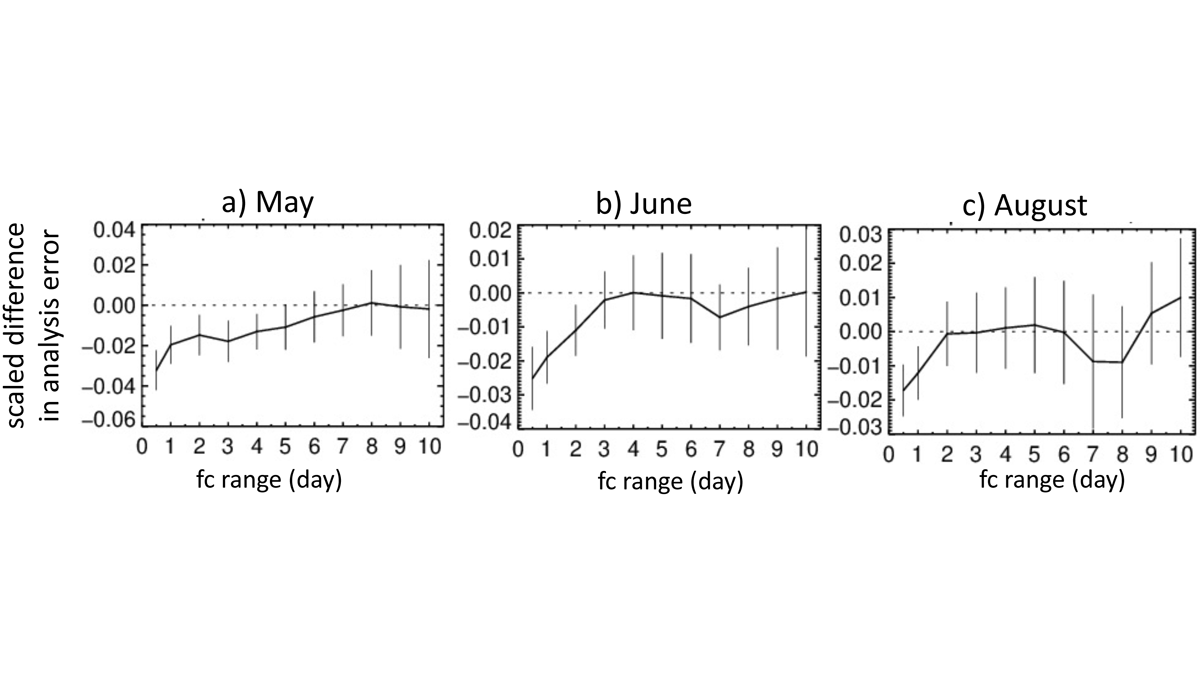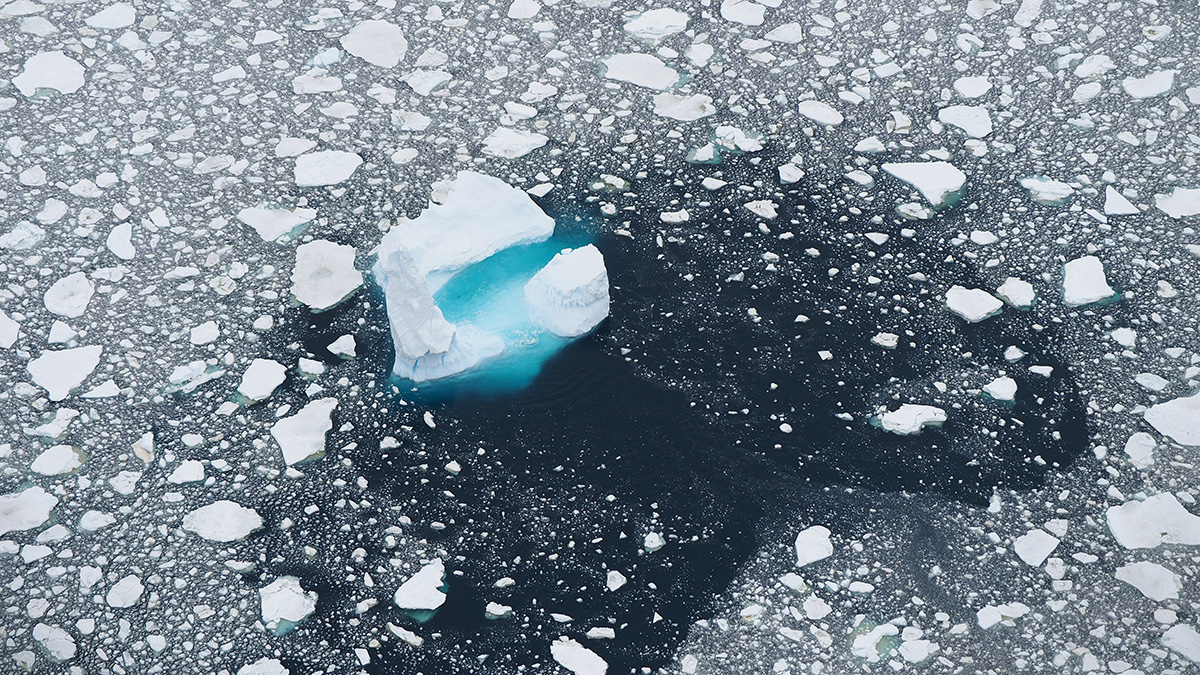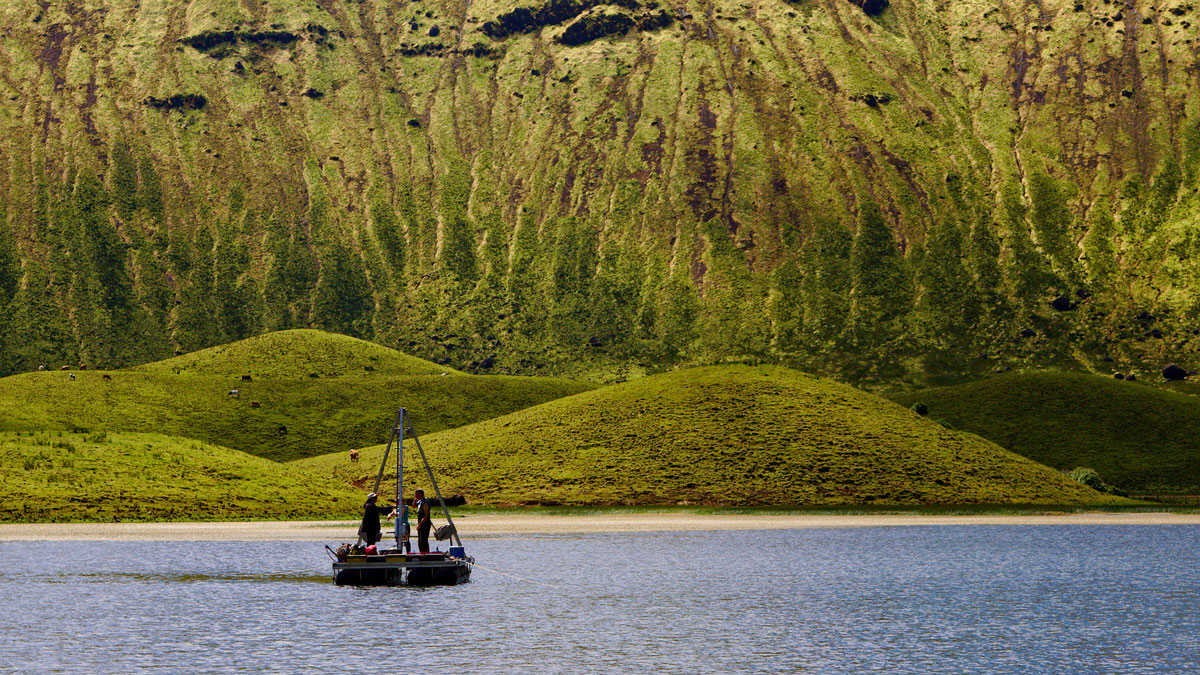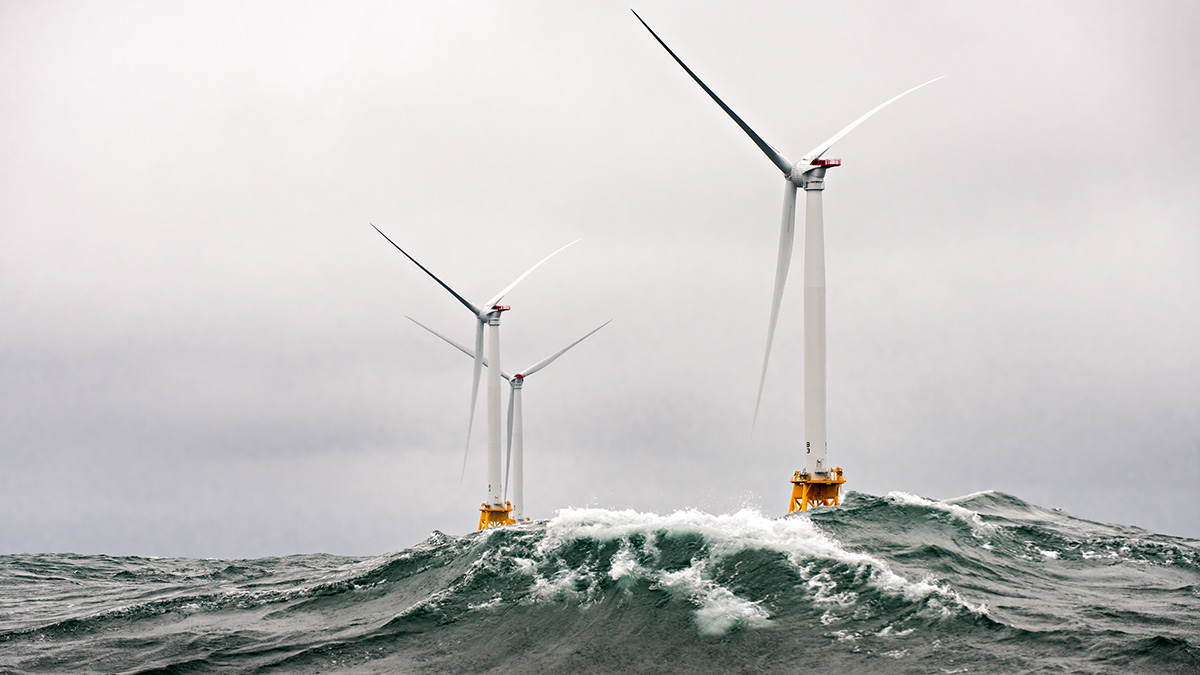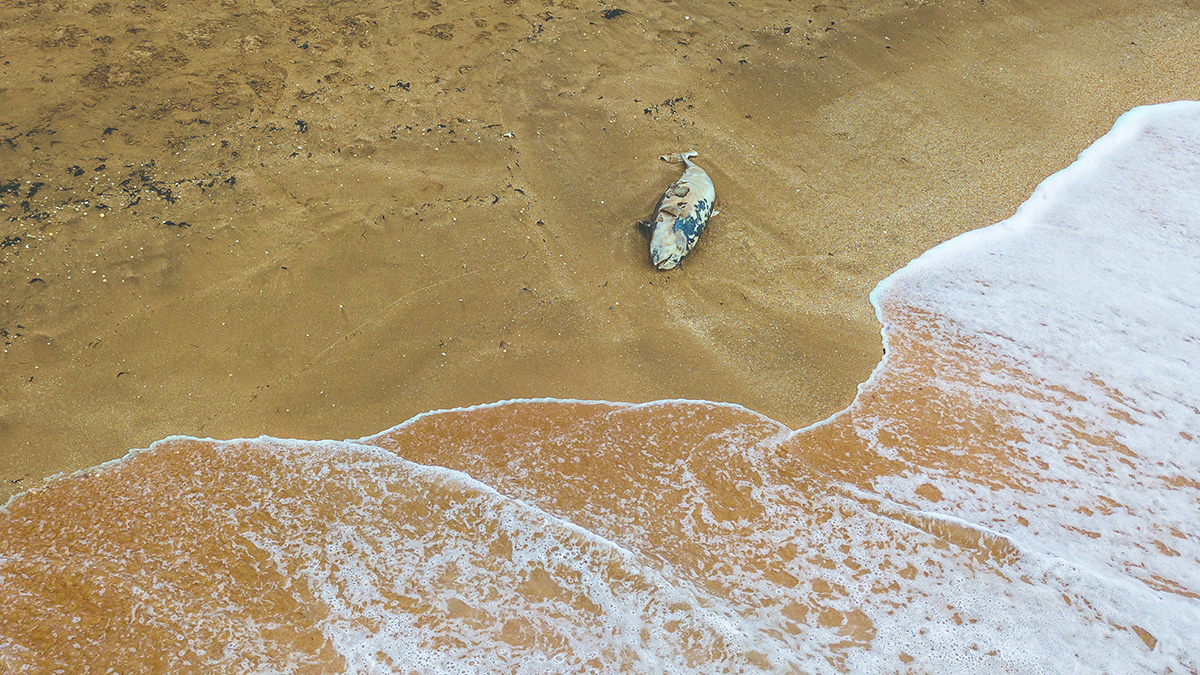Assimilation of Aeolus winds in the ECMWF analyses and forecasts improves the Kelvin Waves representation and forecasts in the tropical tropopause layer.
wind
New Perspectives on the Enigma of Expanding Antarctic Sea Ice
Recent research offers new insights on Antarctic sea ice, which, despite global warming, has increased in overall extent over the past 40 years.
Nonlinear Effects of Wind on Atlantic Ocean Circulation
Simulations reveal the influence of reduced and enhanced wind stress on the Atlantic Meridional Overturning Circulation.
Sediments Suggest Vikings May Have Been the First to Settle the Azores
A multidisciplinary team studying lake sediments and climate change found evidence that the archipelago was inhabited 700 years earlier than historical sources claim.
Dunes Dance to a New Rhythm in Climate Change
Dunes may morph or creep in new directions in a warming world.
Community Input Drives Superfund Research
Researchers identified geochemical tracers for lead and investigated Oklahomans’ concerns at the Tar Creek Superfund site.
Ocean Terrain and the Engineering Challenges for Offshore Wind Farms
Deep coastal seabeds, glacial erratics, and other geophysical hurdles stand in the way of offshore wind farm proliferation. Researchers, engineers, and organizations are adapting and inventing ways to harness the breeze.
Wind and Ocean Currents May Contribute to Mass Dolphin Strandings
Coastal wind patterns correlate with mass strandings of dolphins, suggesting that storm-induced upwelling could be influencing cetaceans’ behavior.
Thermospheric Cross-Polar Winds Observed to Unexpectedly Stall
Observations of cross-polar cap neutral winds near 240 km altitude stalling over short distances in the midnight sector near Poker Flat, Alaska, challenge the standard view of high-latitude dynamics.
Megaripples on Mars—How to Name Wind-Shaped Features on the Red Planet
New research suggests a more settled terminology for Martian aeolian landforms based on size and geomorphology.

